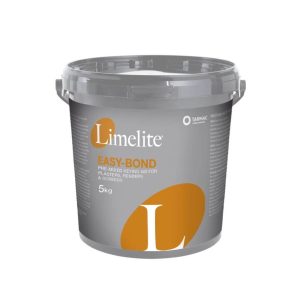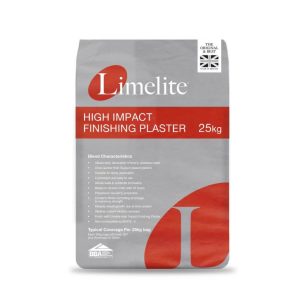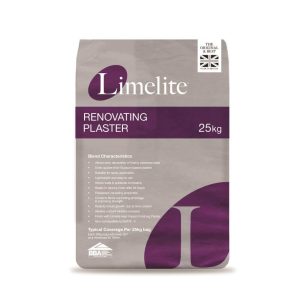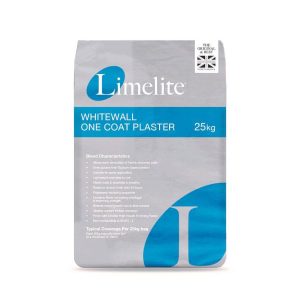Specialist plasters, such as finishing plasters and renovating plasters are an important part of the process of reinstating a new internal wall finish after damp proofing measures have been taken to protect against rising damp or penetrating damp.
When damp is present in a wall, particularly rising damp, high levels of hygroscopic salts can lead to discolouration and damage to the existing plaster, render and substrate. Although damp proofing measures such as a new DPC will protect against any further moisture rising up through the wall, it won't eradicate the contaminants that are already present in the substrate.
Depending on the damp proofing measures that have been taken, there are different options for re-plastering and re-rendering the internal surface of the wall.
Re-Rendering After a DPC
When a new DPC has been fitted and the new internal plaster is to be applied directly to the wall substrate, is is important that all existing plaster and render is first removed back to the original substrate to a minimum or one metre high, or 500mm above the highest sign of hygroscopic salts or damp.
Prior to re-plastering or re-rendering, salt-resistant plaster primers can protect against future efflorescence from hygroscopic salts and enhance the adhesion of the new plaster to the existing substrate.
After waiting for the wall to dry out sufficiently, renovating plasters can then be used as a specialist, pre-bagged and pre-mixed render with similar properties to a traditional cement:lime:sand plastering mortar, but with additional waterproofing and salt-inhibiting benefits. An impact-resistant, breathable and aesthetically pleasing finish can then be achieved with high impact finishing plasters.
Plastering onto an Internal Damp Proofing Membrane
Internal damp proofing membranes are an effective method for protecting your new internal wall finishes after a new DPC has been installed to prevent rising damp.
As internal damp proof membranes provide a permanent barrier to salts and dampness in the wall, which also allows vapour equalisation, there is no need to wait for the wall to dry out. The surface of the damp proof membrane has a meshed surface that allows it to be directly plastered with an appropriate one coat plaster, and can be finished with a high impact finishing plaster.
Contact BaseTec - Complete Systems. Reliably Delivered.
If you require assistance with plasters or need advice on which plaster is best suited for your requirements, contact our friendly teams in Kent - 01732 906 826 - or Leeds - 0113 521 6789.
Return to our full range of
Damp Proofing products.



